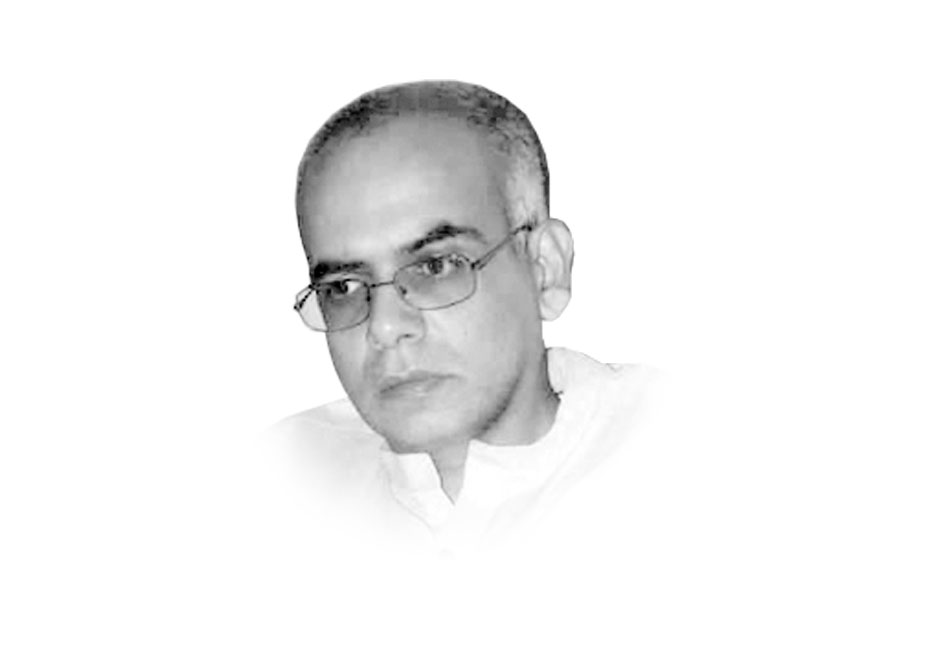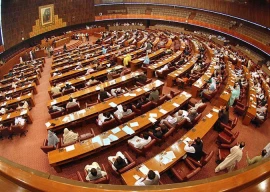
Since the 1990s, around a billion people are estimated to have been lifted out of extreme poverty. Yet, it is intriguing that this decrease in poverty is not accompanied by any significant reduction in the gap between the haves and the have nots. Despite the enormous growth in global wealth, the so-called ‘trickle-down effects’ of this progress remain lacklustre. Income inequality has actually increased both within and across countries. The fact that we live in a world in which 72 per cent of the world's poor possess around one per cent of its wealth indicates how deeply flawed our prevailing models of growth are.
Moreover, it is now increasingly clear that the prevailing means of securing economic growth are not environmentally sustainable. The emerging climate change related consequences of the relentless pursuit of growth have in fact already begun undermining the gains made in poverty reduction over the past several years.
It is thus imperative to focus on making economic growth more equitable and sustainable.
Yet, many international development agencies continue focusing on enhancing economic growth and increasing the actual size of the proverbial pie so that everyone can get a bigger piece, rather than thinking about how the pie can be made in a more ecologically-friendly manner, and how to redistribute the proportion of its slices, so that everyone gets a decent share.
It is thus refreshing to see the UNDP’s country office in Pakistan having taken up the issue of inequality squarely in ‘Escaping the Inequality Trap’, which is the latest issue of Development Advocate Pakistan. This quarterly publication, edited by UNDP personnel, provides a useful platform for the exchange of ideas on key development challenges facing the country.
In Pakistan, the challenge of inequality is quite daunting. According to the latest official data, consumption-based poverty has dropped from nearly 58 per cent to under 30 per cent between 1998/99 and 2013/14. However, based on Gini coefficient calculations for the same period, Pakistan's richest 20 per cent now consume seven times more than the poorest 20 per cent.
Our regional disparities are also disturbing. The latest Multidimensional Poverty Index, (which measures health, education and living standards) has found stark disparities between rural and urban Pakistan, and within different regions of the country. For example, multidimensional poverty is under 32 per cent in Punjab but rises to nearly 74 per cent in FATA. Inequality's insidious effects pervade households too, where women are much worse off than men.
The UNDP is therefore right in pointing out that Pakistan's institutions, incentives and laws continue to favour the rich and burden the poor. Tax exemptions are provided to the elite in the name of encouraging growth, alongside imposition of indirect taxes which disproportionally affect the poor. Discrimination on the basis of gender, economic status, religion and social identity further restricts upward mobility. The list goes on.
It is encouraging to see UNDP’s publication acknowledge that tackling inequality requires a much more holistic approach addressing the underlying structures and processes which cause inequality. However, its prescriptions mostly focused on domestic issues such as the need to reform key institutions, making fiscal or monetary policies more equitable, overcoming the evident regional inequality, and mainstreaming women's priorities in budgeting processes.
While these are all important suggestions, being a UN agency, the UNDP needs to broader its analysis. Going beyond domestic causes, it must also begin looking at why and how donor agencies and aid policies have been exacerbating inequalities in countries like Pakistan. For instance, the report cites the problem of landless farmers as a major cause for rural poverty. However, besides the vested national interest of the military and landed politicians, the rural development strategies of the World Bank and other major donors have favoured capital intensive farming, and other market based mechanisms. Such strategies have certainly not improved the circumstances of the rural poor, such as sharecroppers, agricultural labourers, daily waged and seasonal labourers and the women involved in agriculture.
While the UNDP must begin drawing attention to how international development agencies exacerbate inequalities in countries like Pakistan, this, of course, does not mean that our own policy and opinion makers can continue neglecting the oft-identified reasons for the glaring inequality within our midst.
Published in The Express Tribune, September 16th, 2016.
Like Opinion & Editorial on Facebook, follow @ETOpEd on Twitter to receive all updates on all our daily pieces.






























































COMMENTS
Comments are moderated and generally will be posted if they are on-topic and not abusive.
For more information, please see our Comments FAQ